Pros and Cons of Non-qualified Deferred Compensation Plans
Does your company offer a 401(k) plan to its employees? This is a common fringe benefit for the rank-and-file. However, an employer might want to supplement a 401(k) with other retirement benefits for specific prized employees. In such cases, a nonqualified deferred compensation (NQDC) plan may be a viable option.
Qualified vs. nonqualified
As the name implies, an NQDC plan doesn’t pay out funds to participants until sometime in the future — usually, at retirement. Before we go any further, however, it’s important to distinguish between qualified and non-qualified plans:
- Qualified plans. In this type of plan, employer contributions are deductible by the employer when they’re made, and payments to employees are guaranteed. In addition, the employer must comply with tax law requirements for qualified retirement plans. In essence, a 401(k) plan is a kind of qualified deferred compensation plan.
- Non-qualified plans. With a non-qualified plan, participants are effectively banking on the employer’s promise to pay out the benefits at the specified date, but there are no guarantees. If the plan is properly structured, the participants will owe no tax on the deferred compensation until they receive the money.
A key component of most NQDC plans is that they’re “unfunded.” This means that money can’t be set aside to fund the plan. Thus, participants run the risk that company funds could be siphoned away by creditors before any money is ever paid out.
No more haircuts
Usually, employers intend to preserve tax deferral until payments are made to participants upon retirement. Thus, an unfunded plan typically is the optimal choice.
However, because of changes to tax law and accompanying regulations, certain restrictions now apply concerning the timing of NQDC plan distributions. Accordingly, if a plan fails to meet the requirements, the deferred compensation could become currently taxable. Specifically, funds can’t be distributed before:
- Separation from service (plus an extra six months for key employees of publicly traded companies),
- Death or disability,
- A date specified by the participant at the time of deferral (or pursuant to a fixed schedule elected by the participant),
- A change in control (subject to IRS guidance), or
- The occurrence of an unforeseeable emergency.
Thus, NQDC plans can (subject to limited exceptions) no longer include “haircut” provisions allowing participants to receive accelerated distributions in exchange for paying a penalty.
Complex arrangements
As you can see, NQDC plans are complex arrangements. There are many potential tax pitfalls and employers must learn and comply with all the technicalities. Your CPA can help you decide whether an NQDC plan is right for your business.
This material is generic in nature. Before relying on the material in any important matter, users should note date of publication and carefully evaluate its accuracy, currency, completeness, and relevance for their purposes, and should obtain any appropriate professional advice relevant to their particular circumstances.
Share Post:









